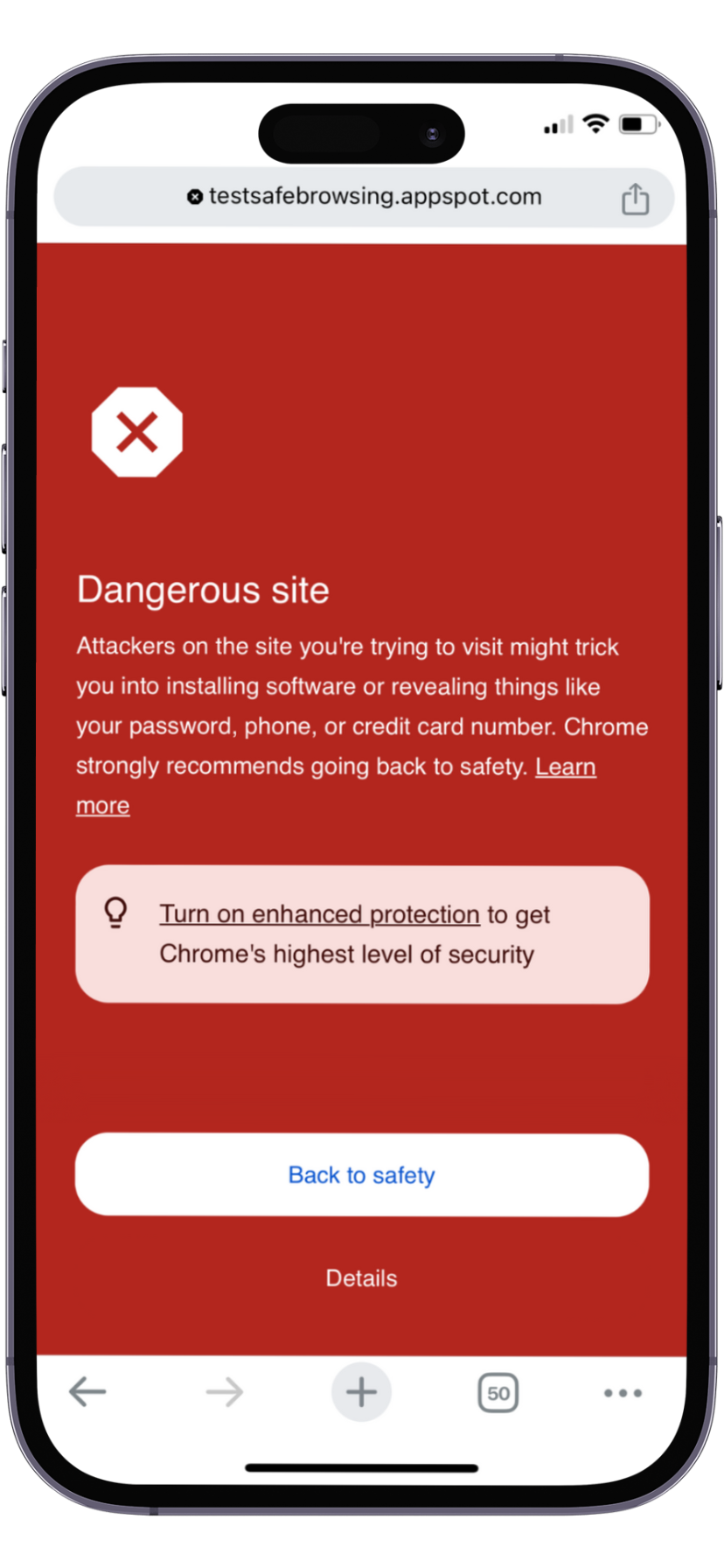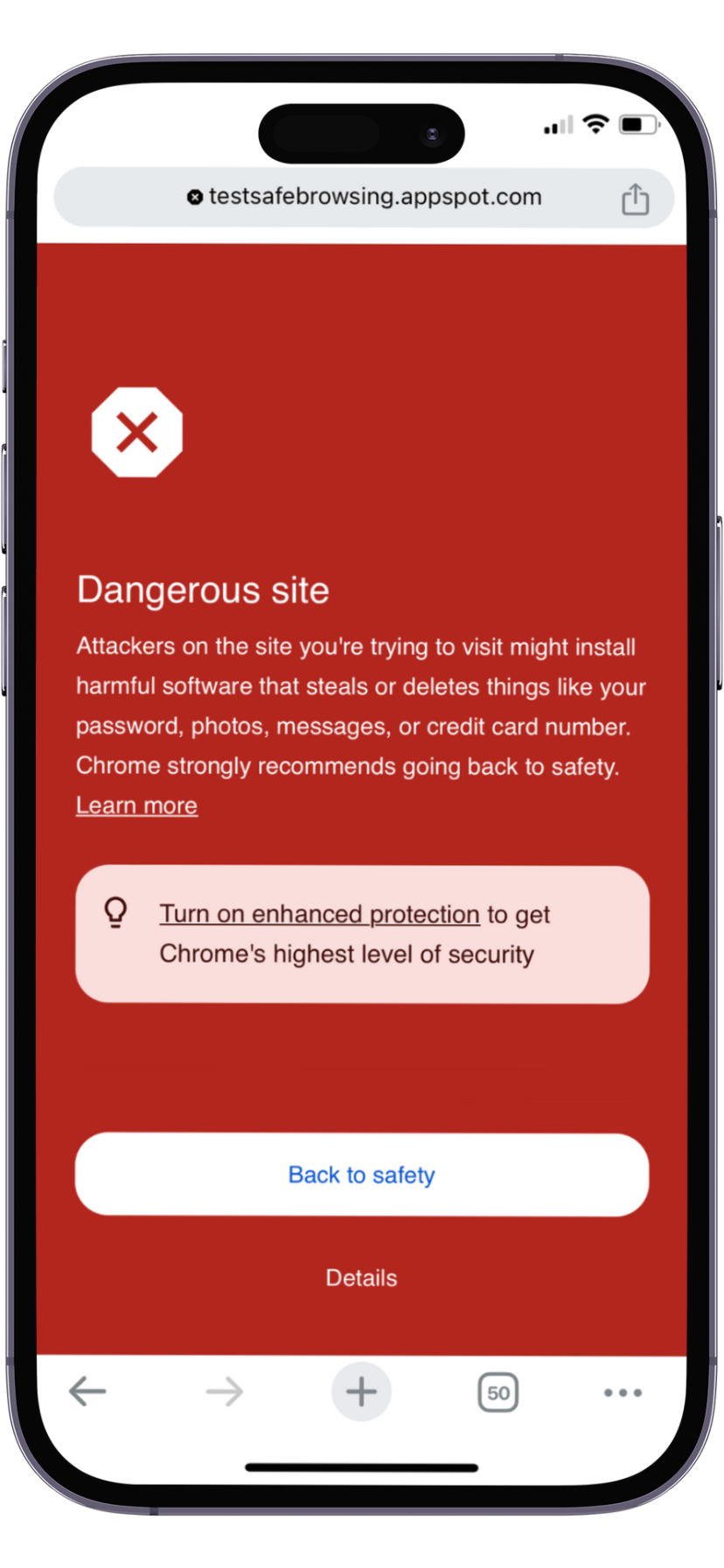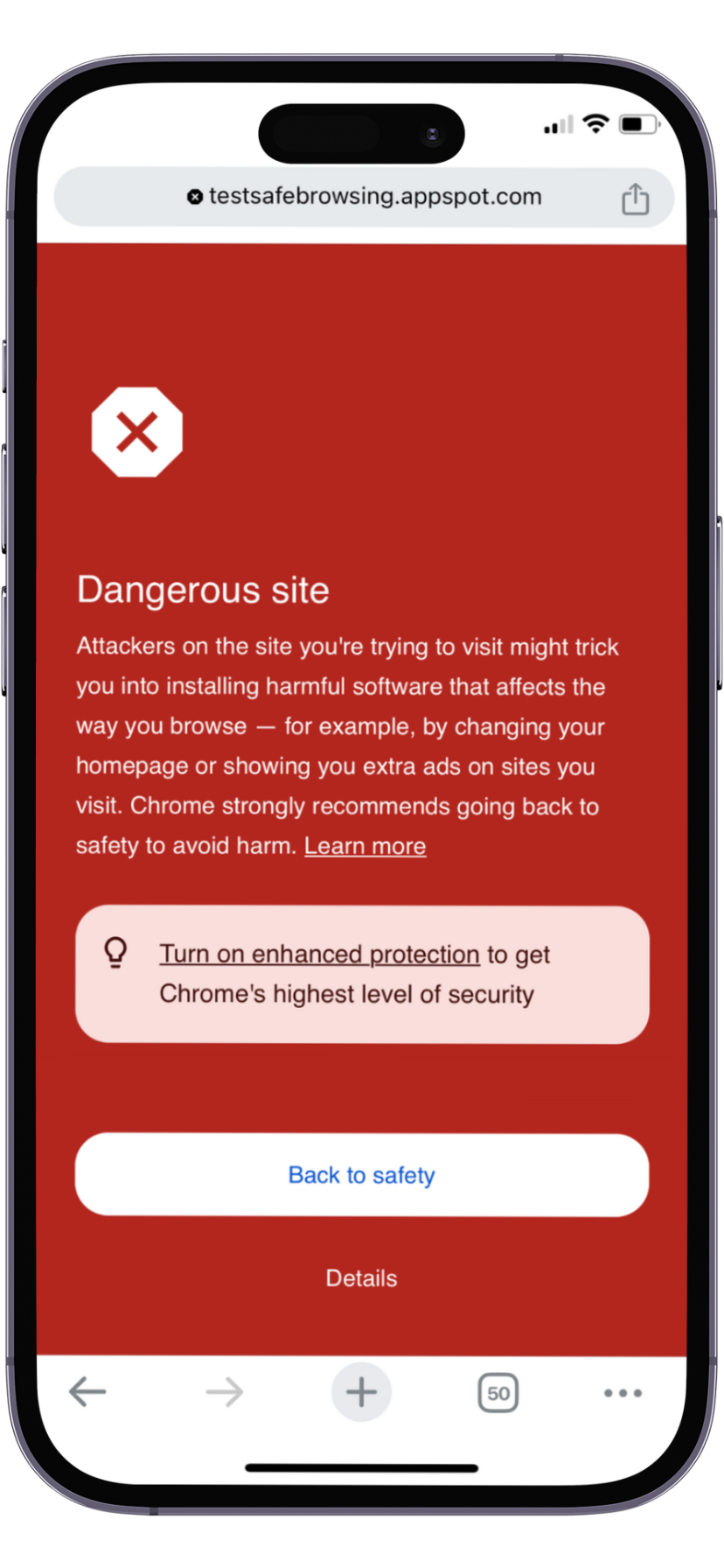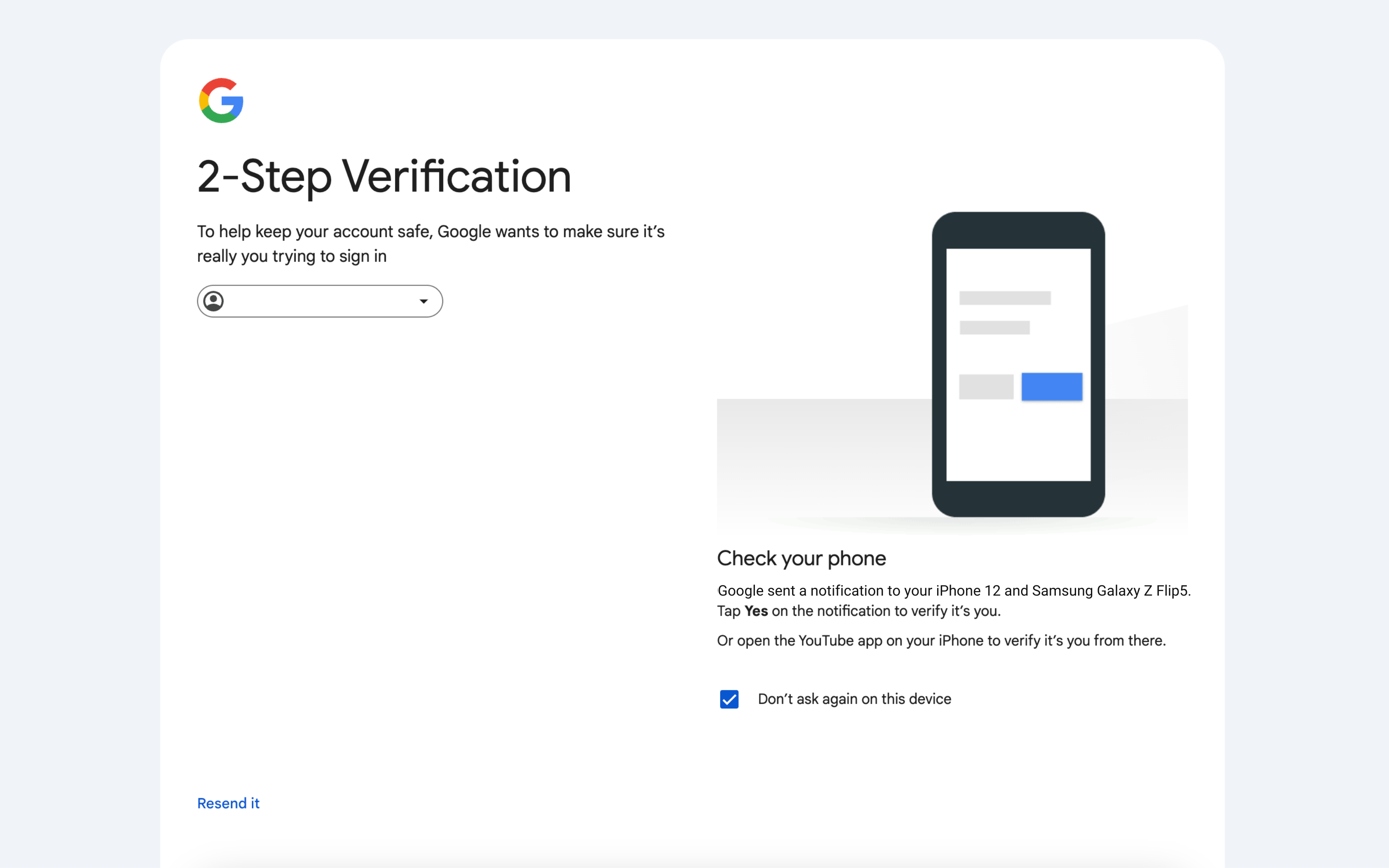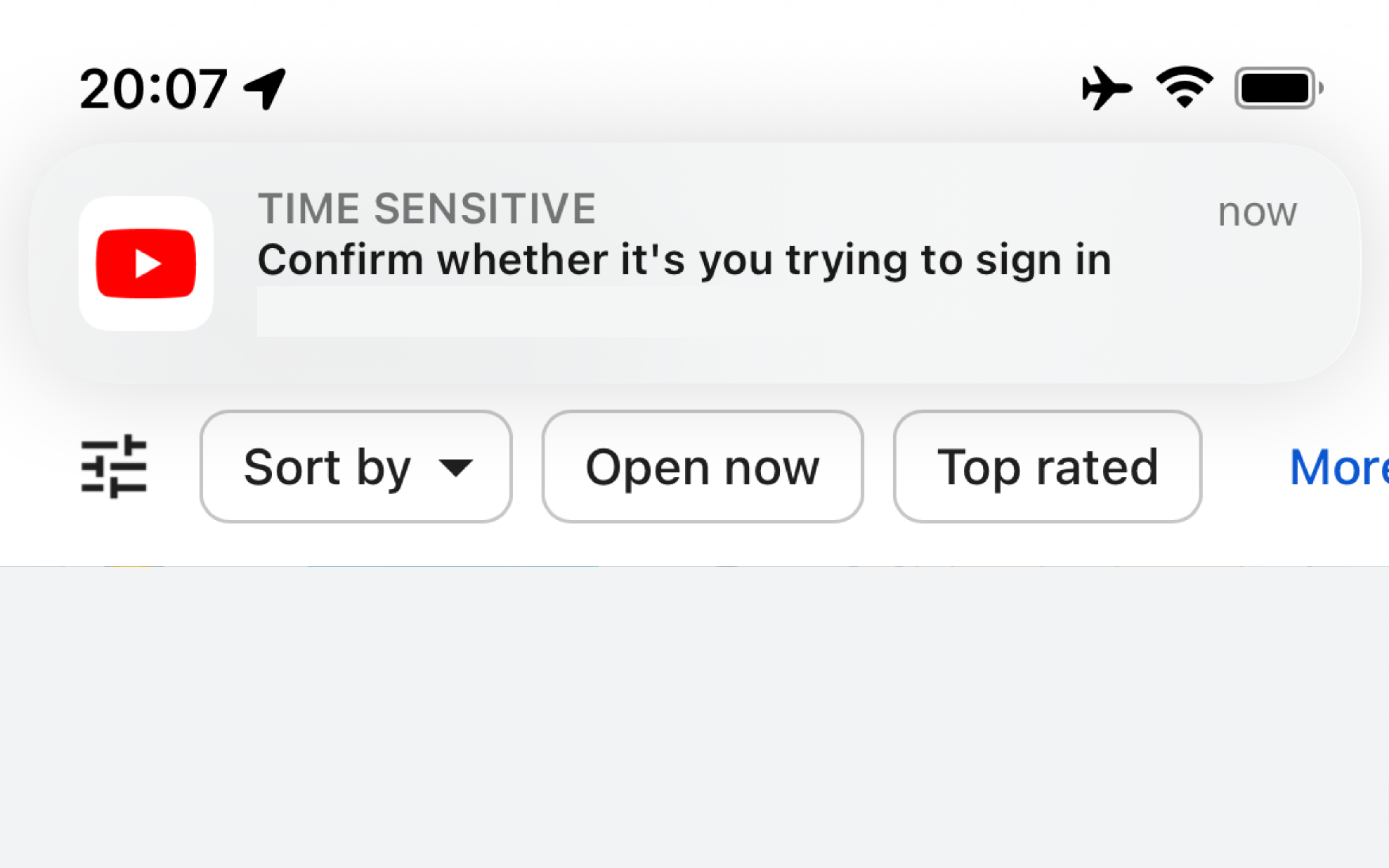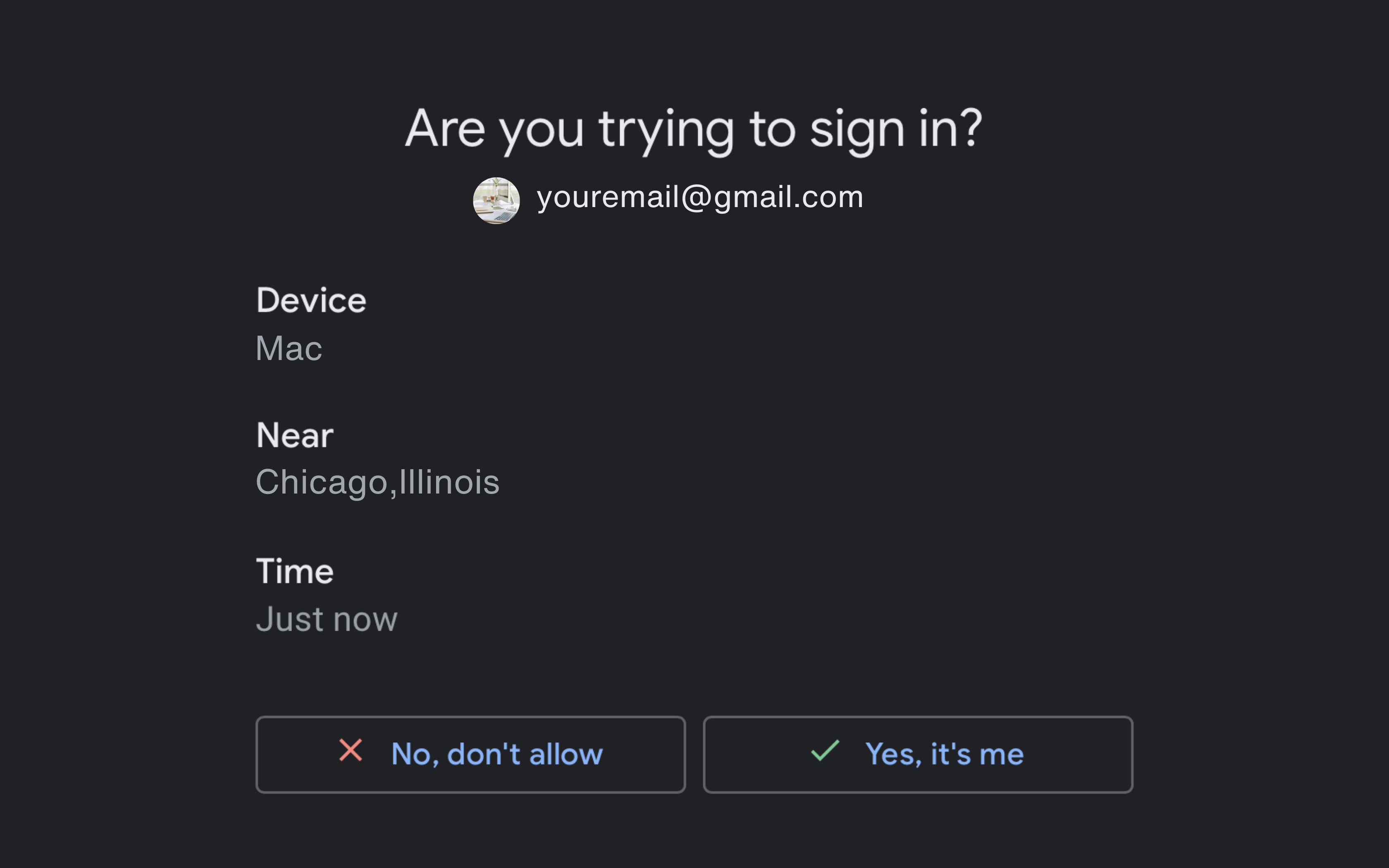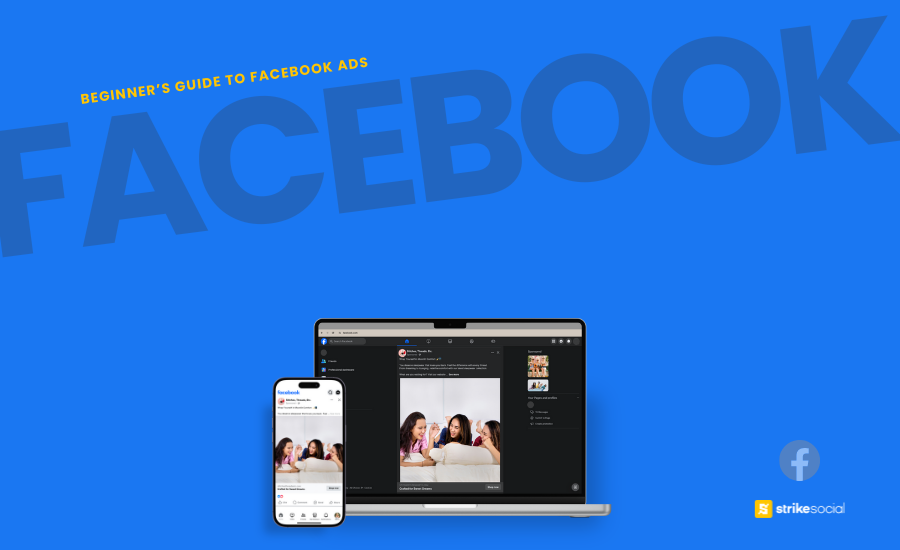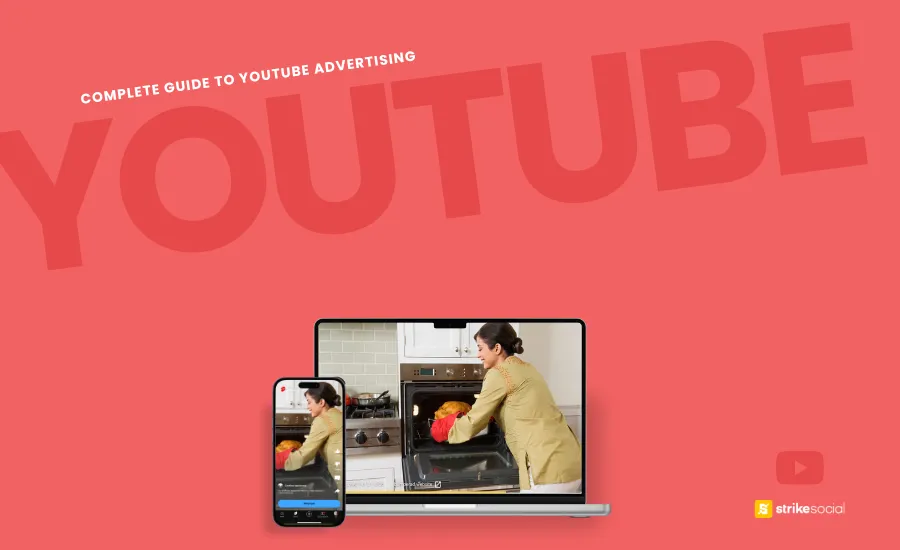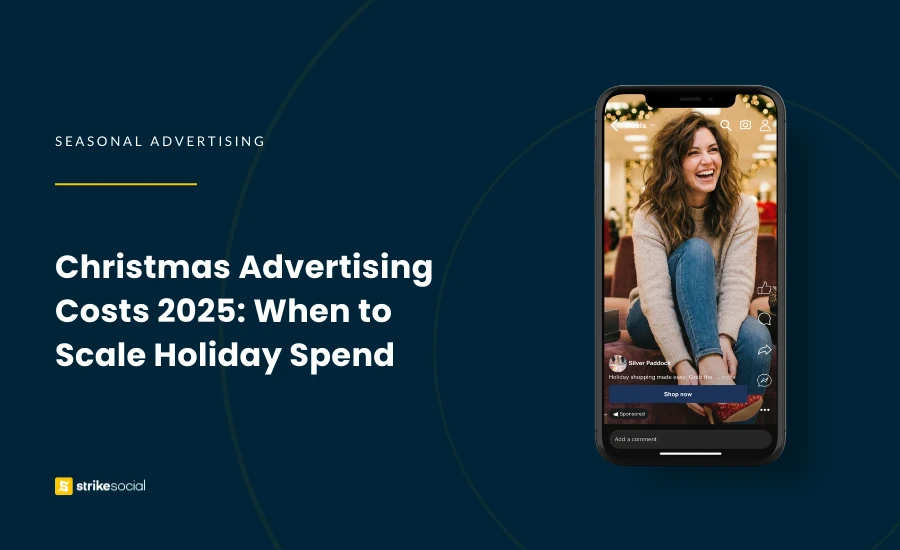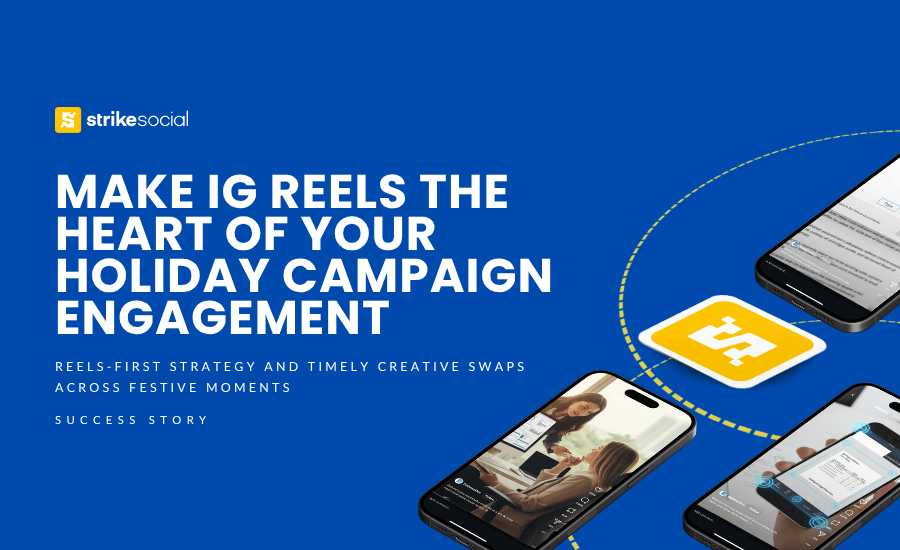It’s common to trust social media platforms with our data to run marketing campaigns and engage with audiences. However, this trust can sometimes be misplaced, leading to significant financial losses and compromised privacy. For instance, YouTube creator Brice Gump experienced this firsthand when his Facebook ad account was hacked, resulting in over $60,000 of unauthorized spending. Recovering the disabled accounts flagged by Facebook’s fraud protection system proved to be a lengthy process.
Such incidents highlight the importance of understanding how social media platforms safeguard your data and how you can contribute to protecting your privacy. By doing so, you can navigate digital advertising and leverage these mediums effectively without the anxiety of data breaches.
How Social Media Platforms Safeguard User Information
Advertising privacy regulations on social media platforms differ significantly from those for personal use. Factors such as stricter consent requirements, extensive data collection and usage, and greater accountability for data breaches or misuse make advertising on these platforms riskier for businesses. However, understanding how major platforms protect and secure your business data can help mitigate these risks. To keep your mind at ease, here’s how the different major platforms provide social media protection and privacy for your business’ data:
Meta (Facebook and Instagram)
Meta collects personal information like age and location for demographic targeting, but it primarily analyzes user behavior on the platform, including interactions such as likes, comments, and shares. Additionally, Meta records interests based on pages users engage with and ads they click on.
For businesses, there is a higher risk due to the requirement to disclose business information for verification. Advertisers must provide:
- Legal business name
- Address
- Phone number
- Website
- Supporting documents, such as:
- Certificate/Articles of Incorporation
- Business Registration or License Document [such as Company tax identification number (TIN), Business formation document, or Employer Identification Number obtained via IRS Form SS-4]
- Government-issued Business Tax Documents
- Business Bank Statement
- Utility Bill (including Legal Business Name, Business Address, and Phone number)
Meta ensures the protection of this data by using multi-factor authentication during the verification process to restrict access to authorized individuals only. The data is transmitted through secure, encrypted channels to prevent unauthorized access when uploading legal documents. Under the GDPR, Meta must safeguard advertiser-provided data, such as customer lists, to find lookalikes for customer segments.
YouTube (and other Google advertising platforms)
YouTube and other Google platforms have strict policies around data collection and sharing. In addition to two-factor authentication, they provide detailed activity logs to detect unauthorized account access.
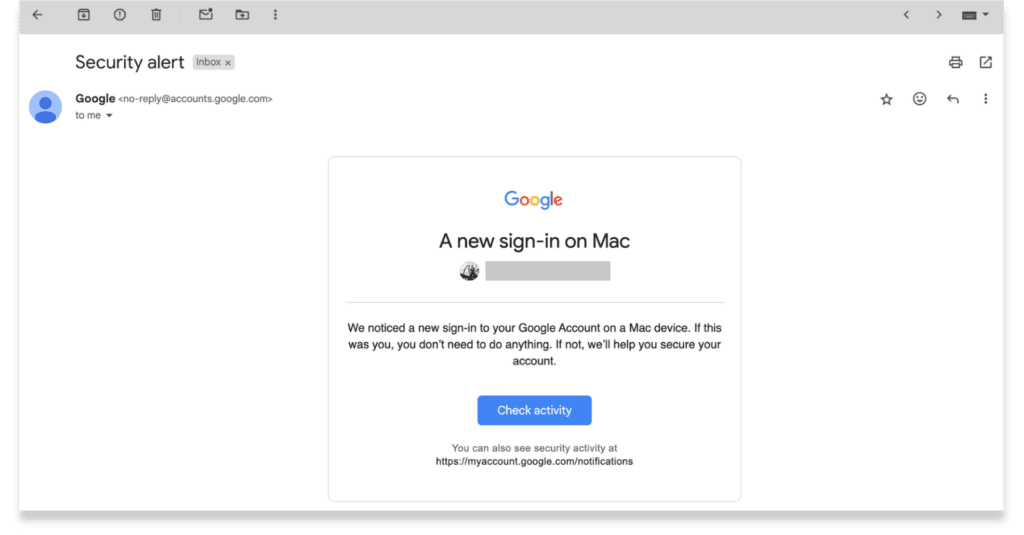
Concerning user protection on social media platforms, Google enhances security with its Google Safe Browsing feature. This tool safeguards users from malicious websites that may be linked to ads. The protection is highly essential because unverified sites or those lacking the necessary security measures, such as SSL certificates, can leave users vulnerable. Google Safe Browsing prevents users from accidentally clicking on deceptive websites that attempt to collect their personal information, especially in an era where links can easily disguise themselves as legitimate.
When businesses and brands advertise on YouTube and Google Search Partners, they have an additional layer of social media protection. This protection comes in the form of brand safety controls and exclusions. These controls allow advertisers to filter the content they want their ads placed with and exclude content they don’t want to be associated with.
Given the prevalence of suggestive and explicit content, YouTube’s brand safety measures allow advertisers to exclude their ads from appearing with these types of content, ensuring that their ads don’t appear in harmful or unsuitable contexts. Additionally, advertisers can opt out of Kids’ content since brands only target consumers who can make purchases or shop from their devices.
Learn more about YouTube’s brand safety and suitability measures from these blogs:
TikTok
One of the most prominent social media platforms, TikTok, has faced significant scrutiny regarding its approach to social media protection and data privacy. In April, the US Senate passed a bill that could potentially ban TikTok in the United States, amplifying concerns about the platform’s security and privacy practices. Despite these criticisms, TikTok has implemented various measures to address these concerns, recognizing its responsibility to ensure a safe and private environment for its users and advertisers.
Due to the platform’s diverse content, TikTok has introduced an under-13 TikTok experience to ensure the social media privacy of younger users. This initiative includes limiting interactive features and implementing content suitability assessments to shield this demographic from harmful content. Consequently, this also prevents these younger users from being exposed to targeted advertisements, protecting advertisers from having their ads shown to an unrelated demographic lacking purchasing power.
Similar to YouTube, TikTok is a platform primarily for video advertising. TikTok has implemented its brand safety regulations, including the TikTok Inventory Filter in the Ads Manager. This filter allows you to assess the content level with which you want your ads associated, providing greater control over your advertising campaigns.
These measures by major platforms demonstrate a commitment to protecting user data and providing advertisers with tools to display ads in a secure and appropriate environment. Now that you know how these platforms protect your brand’s privacy and security on social media, you must understand the measures you can take to complete the full circle.
How Can You Protect Your Information When Using and Advertising on Social Media Platforms
While social media platforms are responsible for safeguarding user data, it’s equally important for individuals and businesses to take proactive steps to protect themselves. Protecting sensitive business information, ad campaign data, and financial details is essential to ensure uninterrupted operations. By leveraging social media archiving solutions, businesses can maintain records securely and comply with regulatory requirements.
Implementing simple yet effective security measures can significantly reduce the risk of data breaches, unauthorized access, and other social media privacy issues. Here’s how you can take charge of your business’s data protection on these social media platforms:
Prioritize Account Security
- Create strong, unique passwords for each social media account that incorporate a mix of uppercase and lowercase letters, numbers, and symbols. Avoid using easily guessable information like your company’s name, address, or publicly available information.
- Activate two-factor authentication (2FA) or multi-factor authentication (MFA) on your social media platform, if available. These add an extra layer of security by requiring a code from your phone or another device to log in, even if someone has your password. This ensures that any access, even by an authorized person, is monitored and properly recorded.
See the availability of Two-Factor Authentication (2FA) and Multi-Factor Authentication (MFA) across various social media platforms:
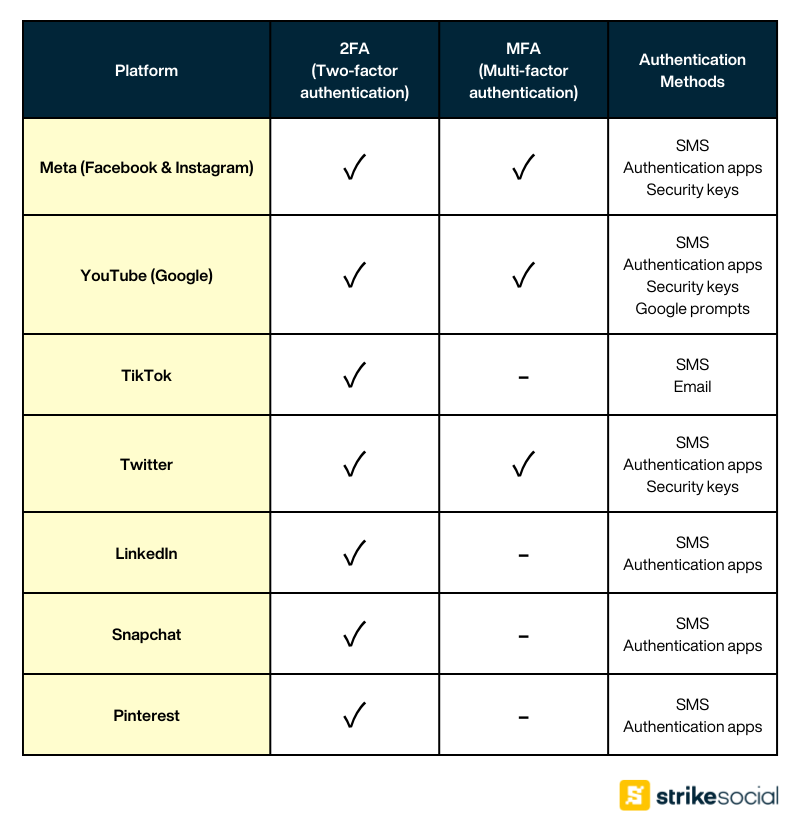
- As employees come and go, you must review and update access permissions to your social media ad accounts. Remove access for anyone who no longer needs it to minimize the risk of unauthorized access.
Proactive Monitoring and Detection
- Most social media platforms offer alerts of unusual login attempts, password changes, or other suspicious activity. Enable these alerts so that you stay informed and take immediate action if necessary.
- Regularly conduct audits of your ad accounts. Ensure that all settings are accurate and there are no unauthorized modifications. Scrutinize billing and campaign performance for any irregularities that might suggest fraudulent activities. For instance, Meta Ads Manager requires businesses to have a payment threshold to notify media buyers and advertisers once they reach the monthly budget or when the billing cycle ends before the set budget is exhausted. This financial security measure allows you to be notified and investigate if your budget is exhausted unexpectedly.
Education and Training
- Invest in educating your employees about social media security risks and best practices. This includes recognizing phishing scams, creating strong passwords, and understanding your company’s data security policies.
- To further protect your business’s data on social media platforms, prioritize regular employee training sessions. These sessions should cover the latest security threats and the necessary steps to protect sensitive information.
We know your media buyers already receive regular training on various ad platform updates, such as monthly webinars hosted by TikTok that address new features, improvements, and upcoming changes.
Given the dynamic nature of social media advertising, it’s essential to have ongoing discussions and discourses focused on data privacy and security. These discussions should address how individuals can protect themselves on networking sites and how brands can mitigate security risks effectively.
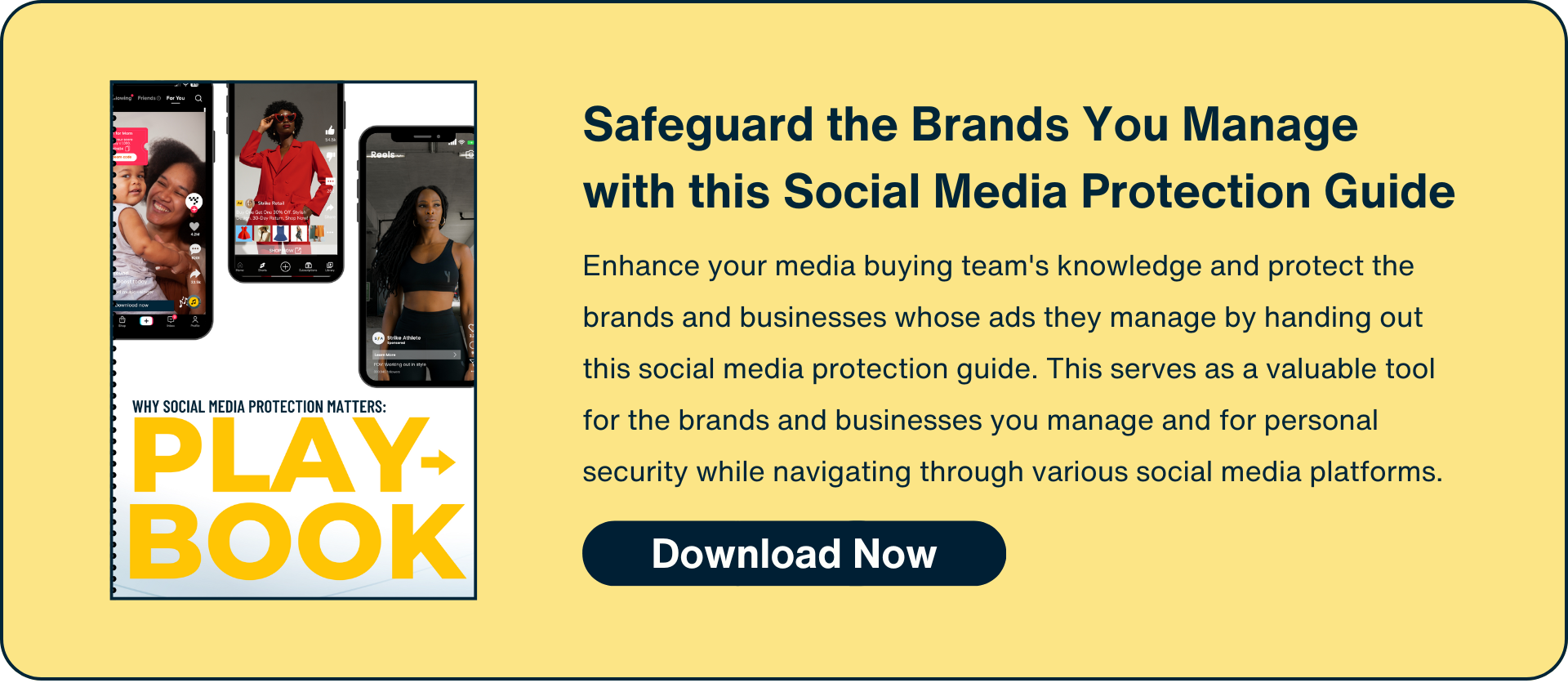

Get In Touch with The Experts
Discover how our expert team can help you achieve your social media advertising goals.
Be the First Line of Defense for Your Brand’s Social Media Privacy
Whether you are a media buyer, brand manager, or advertiser, remember that we are all social media users first. By understanding how to protect your information on social media platforms, you can secure both your personal accounts and the brand advertisements you manage.
Educating your media buying teams about social media protection is vital in building client trust. Demonstrating that you value your clients’ social media accounts as much as your own establishes a foundation of reliability and professionalism, essential components of a successful media buying agency.
Contact us to learn more about how we maintain social media protection for our clients. Let us guide you through our personalized walkthrough and help you discover the Strike Social way.
Expand your expertise. Browse Strike Social’s blogs here:



